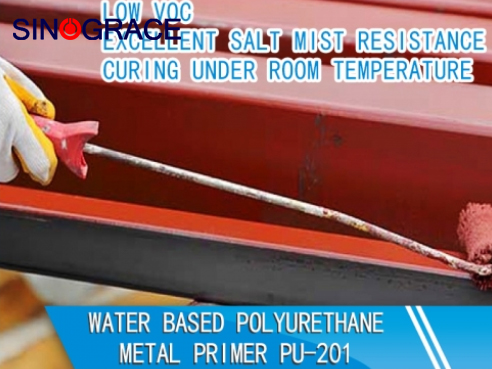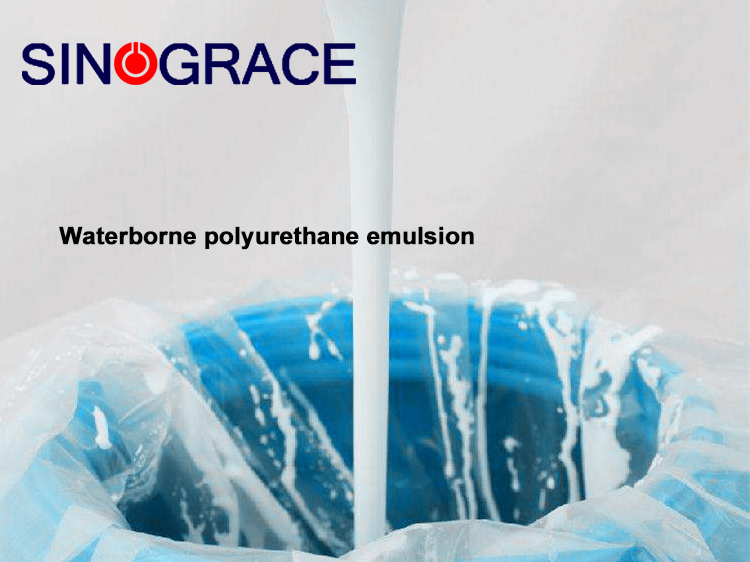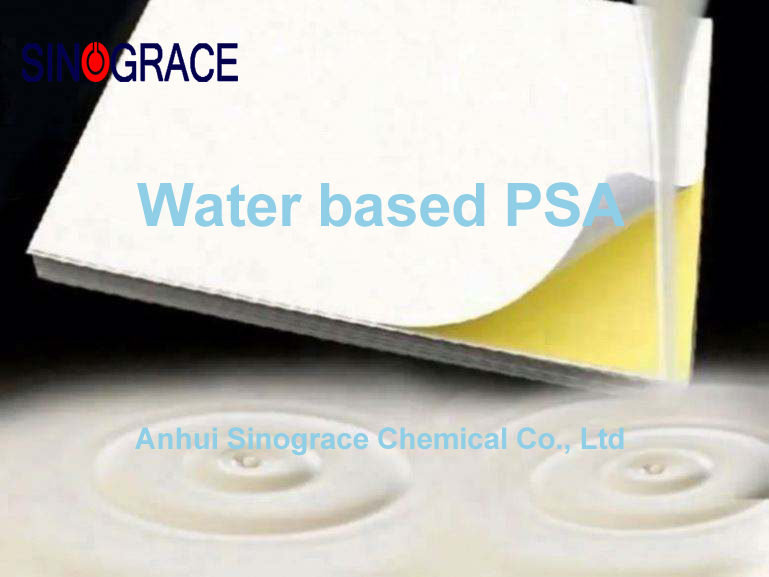Acrylic Adhesive Applications
Acrylic adhesives are renowned for their excellent overall performance, especially in industrial applications requiring high strength, aging resistance, and rapid curing. Key Features High Strength and Toughness: After curing, they form a strong and tough adhesive layer, with particularly excellent impact and peel resistance. Rapid Curing: Second-generation acrylates (SGA) and UV-cured acrylates can reach usable strength within seconds to minutes. Environmental Resistance:Weather resistance, UV resistance, water resistance, heat resistance (typically -40℃ to 120℃), and chemical resistance are generally superior to epoxy resins and polyurethanes. Wide Applicability: They have good adhesion to various metals, plastics, and composite materials, and can even bond materials with slightly oily surfaces (such as SGA). Adjustability: Through formulation design, products in different forms (liquid, paste, film) and with different properties (rigid, flexible) can be produced. Main Classifications 1. Reactive Acrylic Adhesives First-generation acrylic adhesives (FGA): Requires mixing, cures slowly, and is now rarely used. Second-generation acrylic adhesives (SGA - commonly known as "AB glue" or "blue and red glue") Characteristics: Non-mixing type, primer type (base agent + primer) or dual-base agent type. The biggest advantage is its ability to bond to oily surfaces, and its fast curing speed (initial cure in minutes). Typical Applications: Structural bonding: Metal/plastic parts for automobiles and motorcycles (such as rearview mirrors, spoilers), speaker magnetic circuits, elevator cars, rail transit interiors, etc. Repair and assembly: Widely used in mechanical repair, equipment installation, and other on-site operations. 2. Ultraviolet (UV) Curing Acrylic Adhesives Characteristics: Instantly cures within seconds under specific wavelength ultraviolet light irradiation, environmentally friendly and efficient, enabling automated precision coating. Typical Applications: Electronics Industry: Mobile phone/tablet display bonding (OCA optical adhesive), touchscreen assembly, camera lens mounting, PCB component encapsulation. Medical Devices: Assembly of disposable medical devices (such as syringes and catheters). Glass Furniture and Crafts: Glass lamination bonding. Fiber Optic Communication: Fiber optic coating bonding and connector protection. 3. Acrylic Pressure-Sensitive Adhesive (PSA) Features: Permanent adhesion; bonds under pressure without curing. Forms: Commonly coated onto substrates (such as films, foam, and non-woven fabrics) to form tapes, labels, and protective films. Typical Applications: Industrial Tapes: Double-sided foam tape (for automotive emblems and mobile phone structural component bonding), high-temperature masking tape (for spray coating masking), VHB strong double-sided tape (for building curtain walls and elevator decorative panels). Labels and Protective Films: Product labels, electronic product surface protective films, packaging ...
read more

 English
English français
français русский
русский español
español العربية
العربية








